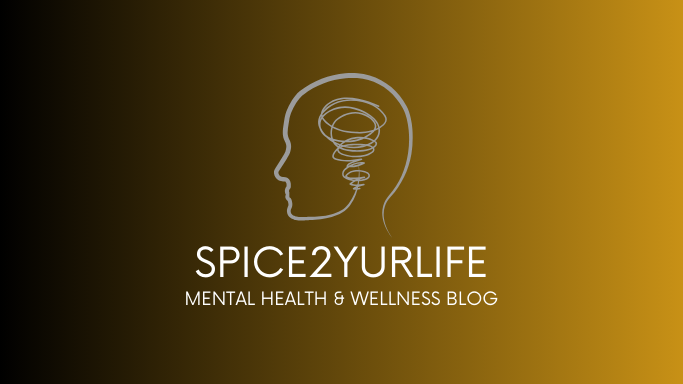By Spice2yurlife Mental Health & Wellness LLC
The holidays are often painted as a season filled with joy, laughter, gifts, and family gatherings—but for many people, this time of year can also bring stress, pressure, and emotional exhaustion. Between financial worries, social expectations, grief, family conflict, and the rush to “make everything perfect,” it’s easy to feel overwhelmed.
If you’re feeling stressed this season, you’re not alone—and you’re not failing. You’re human.
Here are seven grounded, practical ways to manage holiday stress while protecting your peace.
1. Set Realistic Expectations (Perfection Not Required)
The pressure to have a “magical holiday” can create unnecessary stress.
Instead of aiming for perfect:
-
Aim for meaningful
-
Prioritize what matters to you, not what impresses others
-
Let go of traditions that no longer serve you
You deserve a holiday that feels peaceful, not performative.
2. Create Boundaries with Family & Friends
It’s okay to say:
-
“I won’t be able to make it this year.”
-
“I can stay for an hour, not all day.”
-
“Let’s talk about something else.”
Your emotional safety matters.
Protecting your energy is not selfish—it’s healthy.
3. Stick to a Budget Without Guilt
Overspending is one of the biggest holiday stressors.
Try:
-
Setting a firm spending limit
-
Choosing meaningful low-cost gifts
-
Giving homemade, digital, or experience-based gifts
-
Remembering that your presence is more valuable than presents
The holiday season is not a financial competition.
4. Prioritize Rest & Slow Moments
You don’t have to attend every event.
You don’t have to say yes to everything.
Give yourself:
-
Quiet mornings
-
Hot tea
-
Early bedtimes
-
Scheduled “do nothing” moments
Rest is a form of resistance—especially during the busiest time of year.
5. Acknowledge Your Emotions (Even the Hard Ones)
If the holidays bring sadness, grief, or loneliness, your feelings are valid.
Try:
-
Journaling
-
Talking to someone you trust
-
Allowing yourself space to feel
-
Taking gentle walks to process emotions
You don’t have to fake happiness.
You are allowed to feel your truth.
6. Keep Healthy Daily Routines
Consistency reduces chaos.
Try to maintain:
-
Regular meals
-
Hydration
-
Light exercise
-
Mindful check-ins
-
Daily grounding practices
Even small habits help your nervous system stay regulated during the holiday rush.
7. Ask for Help & Delegate
You don’t have to carry it all.
Let others pitch in—whether it’s cleaning, cooking, planning, or emotional support.
Asking for help is an act of strength, not weakness.
The holidays don’t have to be overwhelming. With intentional choices, boundaries, and gentleness toward yourself, you can create a season that nourishes your spirit instead of draining it.
Give yourself permission to embrace a holiday that feels right for you.
Peace isn’t a luxury—it’s a priority.









